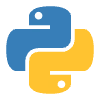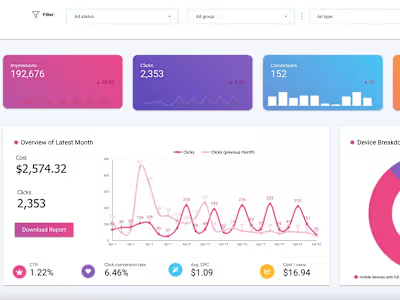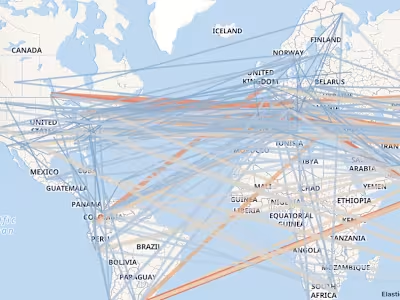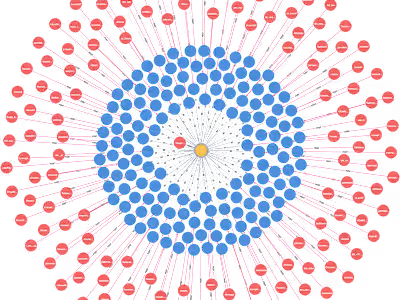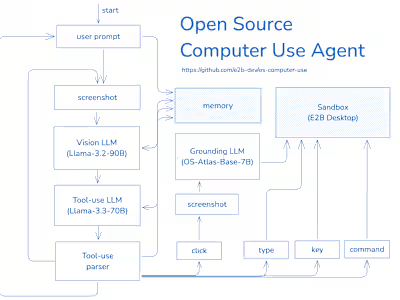PostgreSQL Database Architecture for 2 Million+ IoT Devices
Designed a PostgreSQL database architecture tailored for IoT application, Firstly, the in design of database I prioritize scalability to accommodate the dynamic nature of IoT-generated data. This involves implementing sharding, partitioning, or clustering techniques to distribute data across multiple nodes efficiently. By leveraging PostgreSQL's capabilities in this realm, I can ensure that the database scales seamlessly as the volume of data grows.
Secondly, optimizing data processing pipelines is crucial for extracting valuable insights from the influx of IoT data streams. This entails designing efficient ETL (Extract, Transform, Load) processes and leveraging PostgreSQL's support for complex queries, indexes, and analytics functions. By structuring the database schema and query patterns appropriately, we can streamline data processing and enable rapid analysis of sensor data, telemetry, and other IoT inputs.
Furthermore, robust connectivity is essential for IoT applications to interact seamlessly with the database. Implementing secure communication protocols, such as TLS/SSL, and integrating with IoT platforms or message brokers ensures reliable data transmission and minimizes latency. PostgreSQL's support for JSONB data type and NoSQL features also facilitates flexible data modeling, accommodating diverse IoT data formats and schemas.
In summary, a well-designed PostgreSQL architecture for IoT applications combines scalability, efficient data processing, and robust connectivity to support real-time insights and seamless device integration. By leveraging PostgreSQL's rich feature set and optimizing the database design to align with IoT requirements, we can build a resilient foundation for IoT-driven solutions.
Like this project
Posted Jun 23, 2024
PostgreSQL SQLAlchemy SQL AWS IoT Core Database Database Modeling Database Architecture Database Design Database Development


